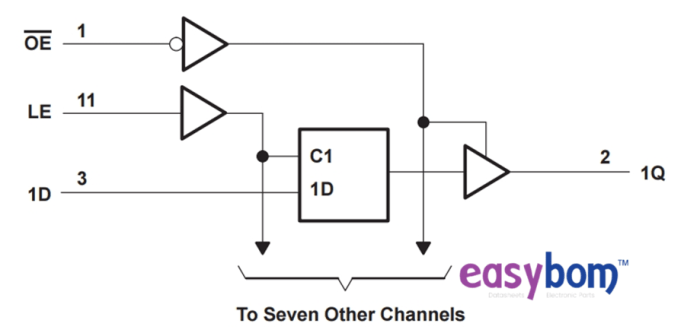Activity 1.1.7 introduction to datasheets – Welcome to Activity 1.1.7: Introduction to Datasheets. In this captivating journey, we will delve into the world of datasheets, unlocking their significance and empowering you with the knowledge to navigate their intricate details. Datasheets serve as essential tools in electronic design, providing invaluable insights into the characteristics and specifications of electronic components.
Throughout this exploration, we will uncover the diverse types of datasheets, unravel the key sections and their significance, and decipher the myriad parameters specified within. By understanding these parameters, you will gain the ability to interpret and apply datasheet information in your designs, ensuring optimal performance and reliability.
Activity 1.1.7 Introduction to Datasheets

Datasheets are essential technical documents that provide detailed information about electronic components. They serve as a valuable resource for engineers, designers, and technicians involved in electronic design and development.
Datasheets contain critical specifications, performance characteristics, and application guidelines for various electronic components, such as integrated circuits (ICs), transistors, diodes, and capacitors. Understanding and effectively using datasheets is crucial for selecting appropriate components, designing reliable circuits, and ensuring optimal system performance.
Understanding Datasheet Parameters
Datasheets typically include a comprehensive list of parameters that describe the electrical, thermal, mechanical, and other characteristics of a component. These parameters provide essential information for evaluating the component’s suitability for a specific application.
Some common datasheet parameters include:
- Operating voltage and current
- Power consumption
- Input and output impedance
- Gain, bandwidth, and slew rate (for amplifiers)
- Switching speed and rise/fall times (for digital circuits)
- Temperature range and thermal resistance
- Package type and dimensions
Datasheet Organization and Structure
Datasheets typically follow a standardized organization and structure to ensure easy navigation and efficient access to information. Common sections include:
- General Description:Provides a brief overview of the component’s purpose, key features, and applications.
- Pin Configuration:Shows the pinout diagram and describes the function of each pin.
- Absolute Maximum Ratings:Lists the maximum values of voltage, current, temperature, and other parameters that must not be exceeded to prevent damage to the component.
- Electrical Characteristics:Provides detailed electrical specifications under specific operating conditions, such as input/output voltage, current, and impedance.
- Thermal Characteristics:Describes the component’s thermal behavior, including thermal resistance and junction temperature.
- Mechanical Characteristics:Includes information about the component’s package type, dimensions, and weight.
- Application Notes:Offers guidance on using the component effectively in different applications, including circuit diagrams and design tips.
Datasheet Applications in Electronic Design, Activity 1.1.7 introduction to datasheets
Datasheets play a critical role in various aspects of electronic design:
- Component Selection:Datasheets provide essential information for selecting electronic components that meet specific design requirements.
- Circuit Design:Datasheet parameters guide engineers in designing circuits that optimize component performance and meet system specifications.
- Troubleshooting:Datasheets help identify potential issues and provide guidance for troubleshooting electronic circuits.
- Compliance and Safety:Datasheets ensure that components are used within their specified operating limits, ensuring compliance with safety regulations and industry standards.
FAQ Resource
What is the primary purpose of a datasheet?
Datasheets provide comprehensive information about electronic components, including their specifications, characteristics, and application guidelines.
How can I identify the key sections of a datasheet?
Datasheets typically include sections on general description, electrical characteristics, mechanical dimensions, and application notes.
What is the significance of understanding datasheet parameters?
Datasheet parameters define the performance and limitations of electronic components, allowing designers to make informed decisions about their selection and use.

